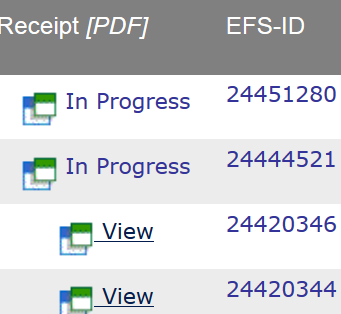On December 24 I blogged about things the USPTO needs to do to remediate the problems that flowed from the massive USPTO system outage December 22-27. I wrote:
The TEAS-Plus system imposes a $50 per trademark class penalty on any filer of a “Plus” or “RF” (reduced fee) application who files a response by means other than e-filing. USPTO needs to not impose that penalty on those who responded to a Plus or RF office action by means other than e-filing during this system crash time.
I am delighted to be able to report that now, December 31, the USPTO has addressed this problem. Continue reading “USPTO does the right thing on trademark fees relating to the outage”


